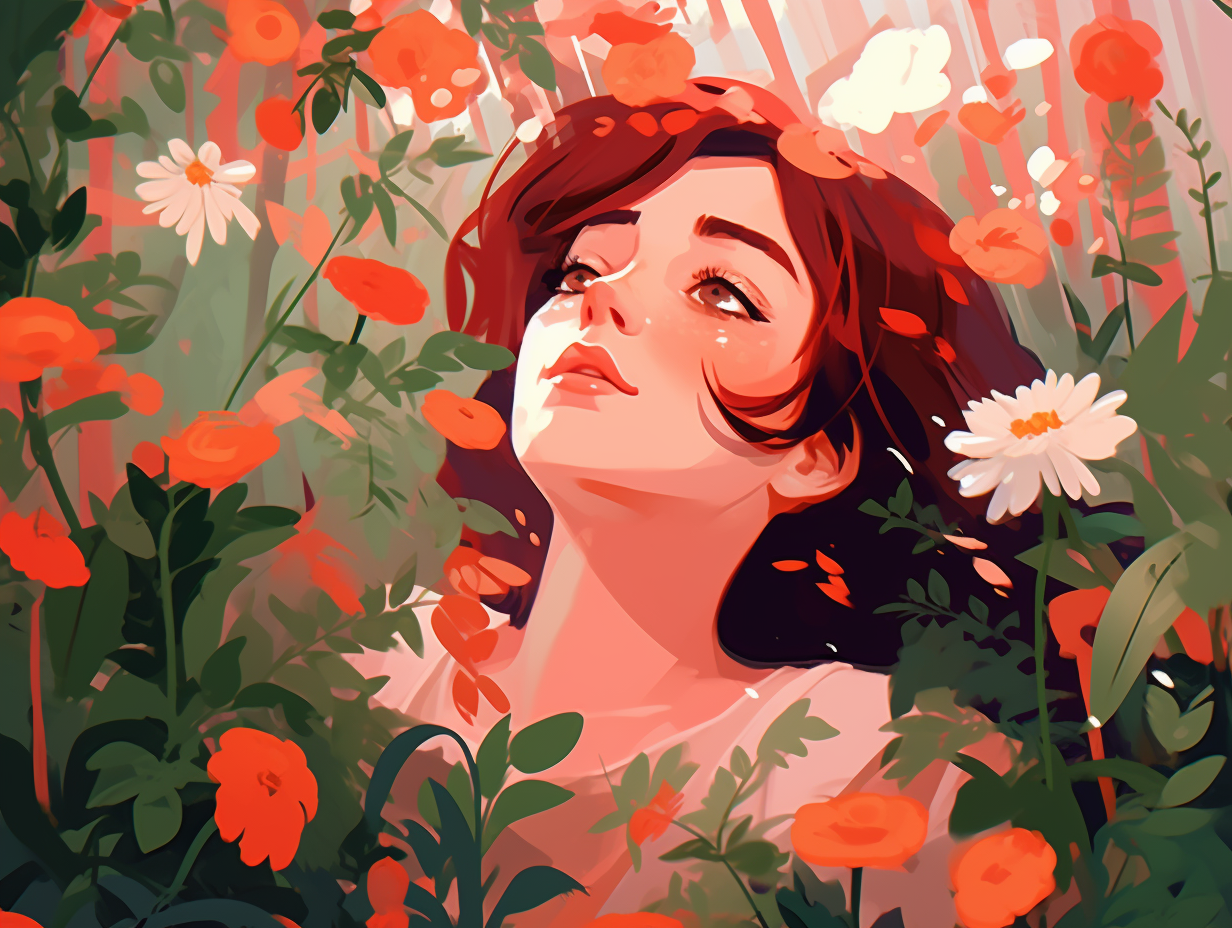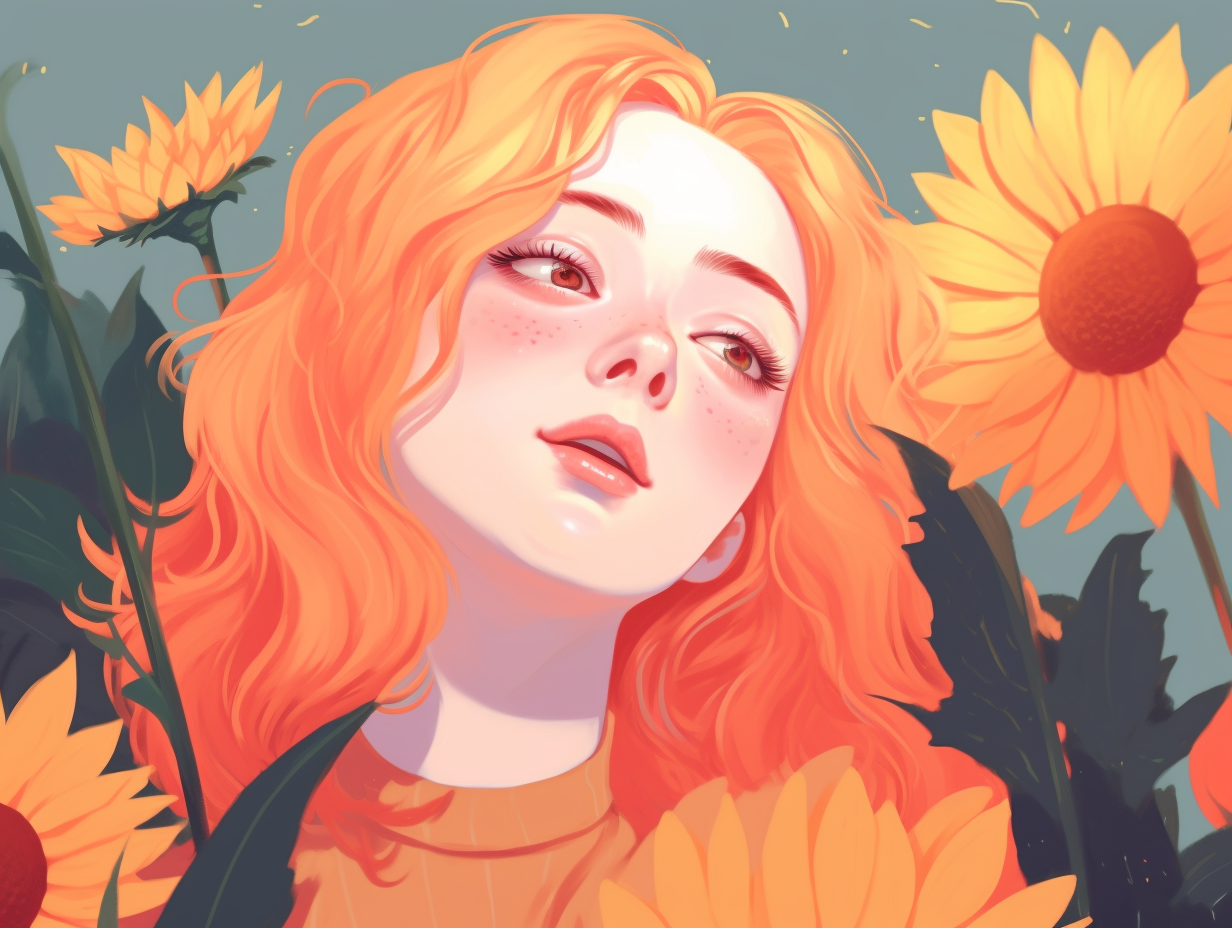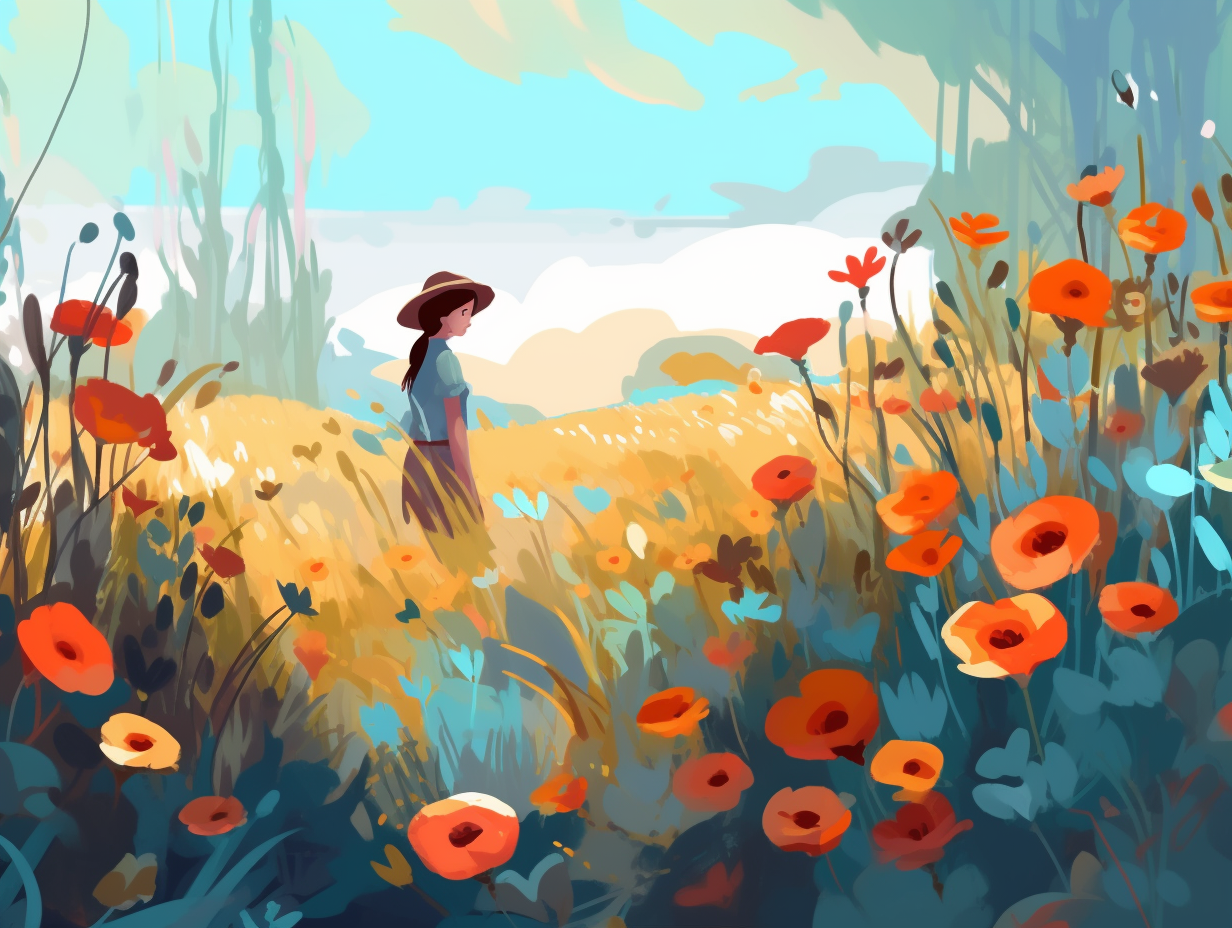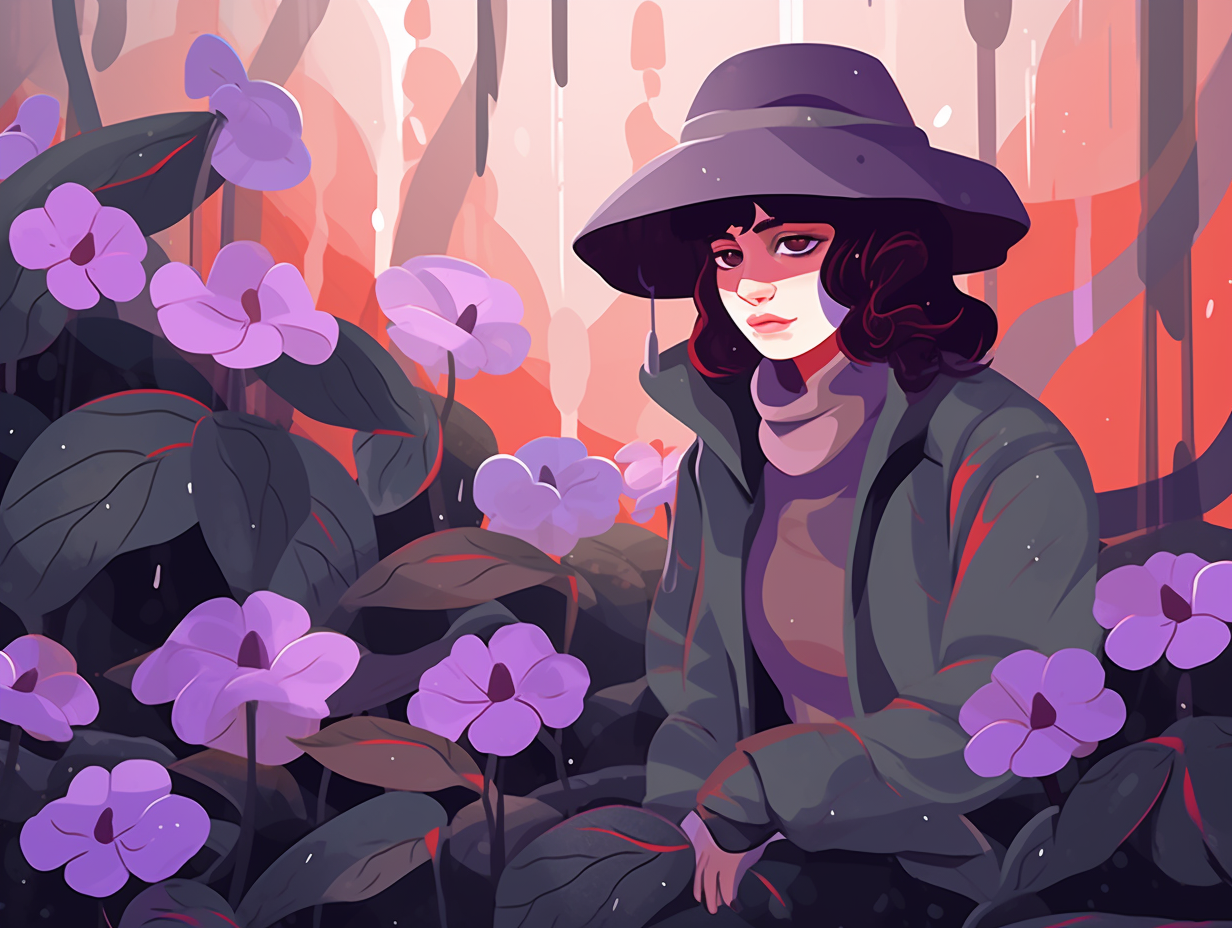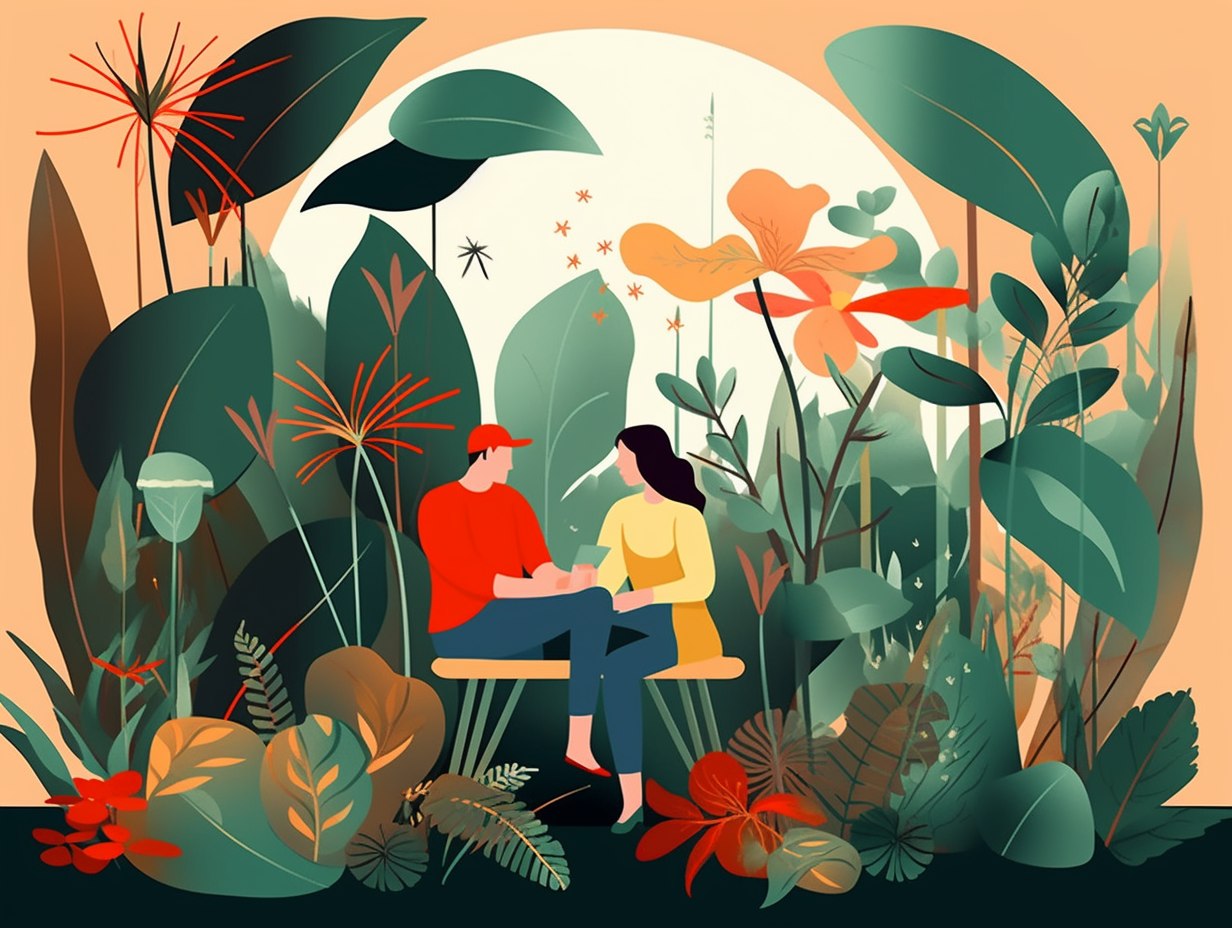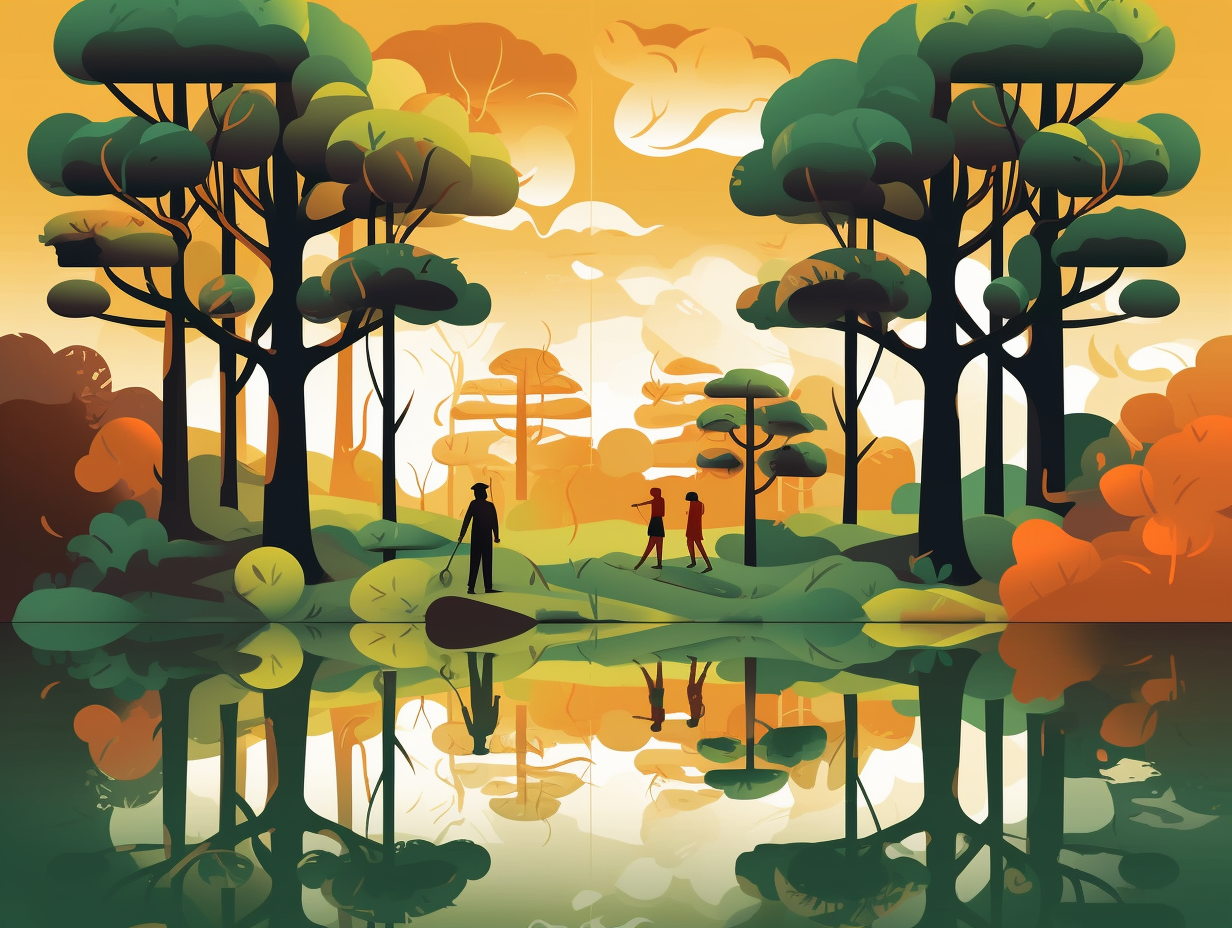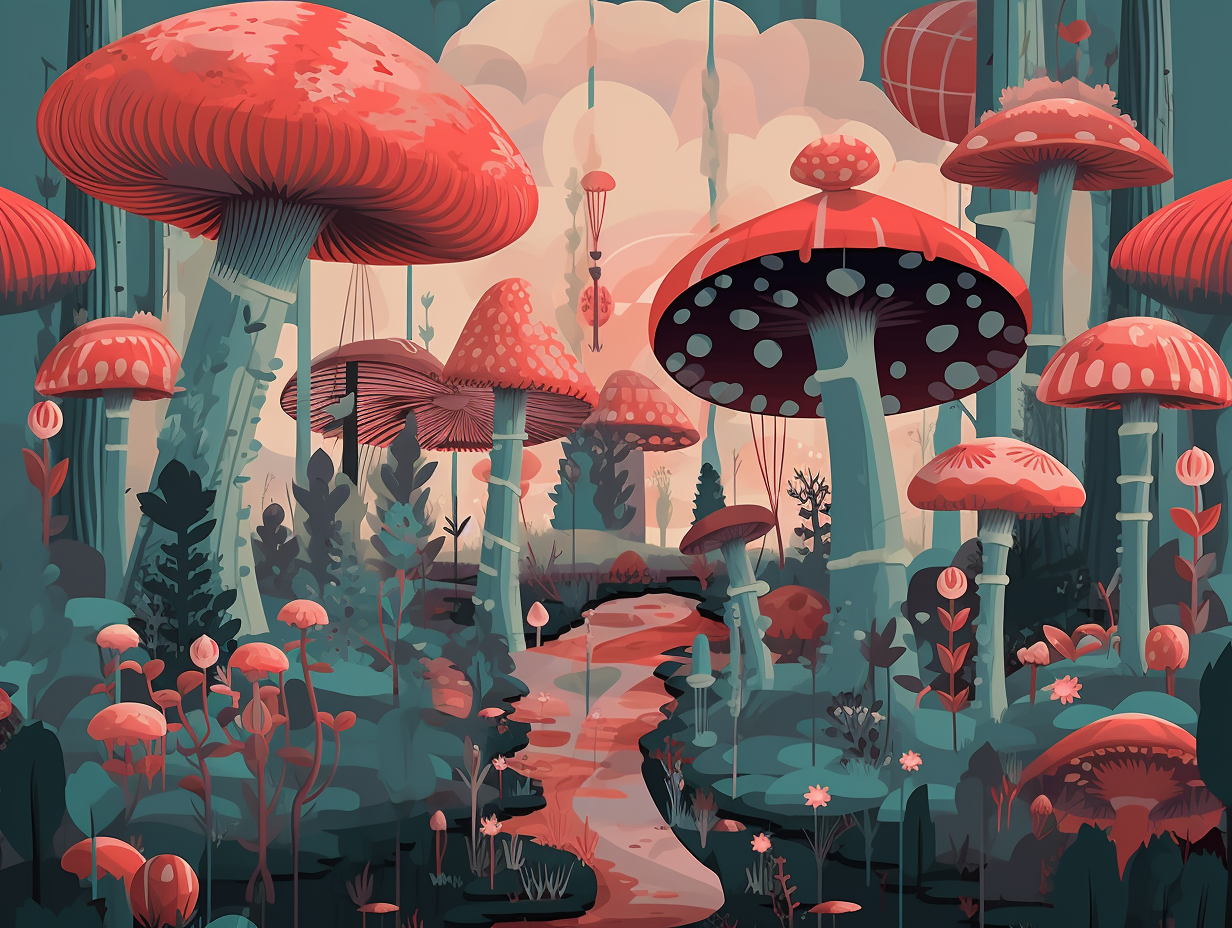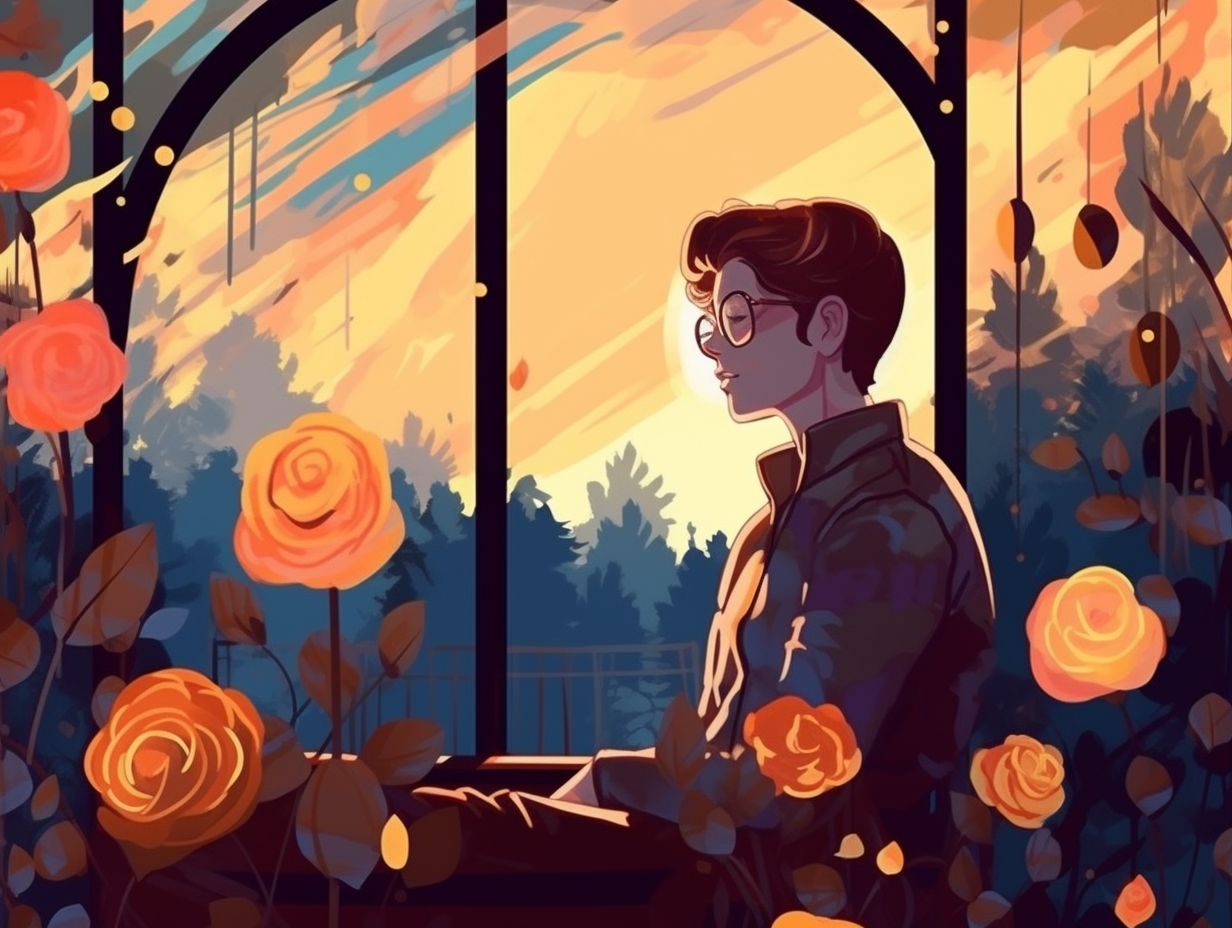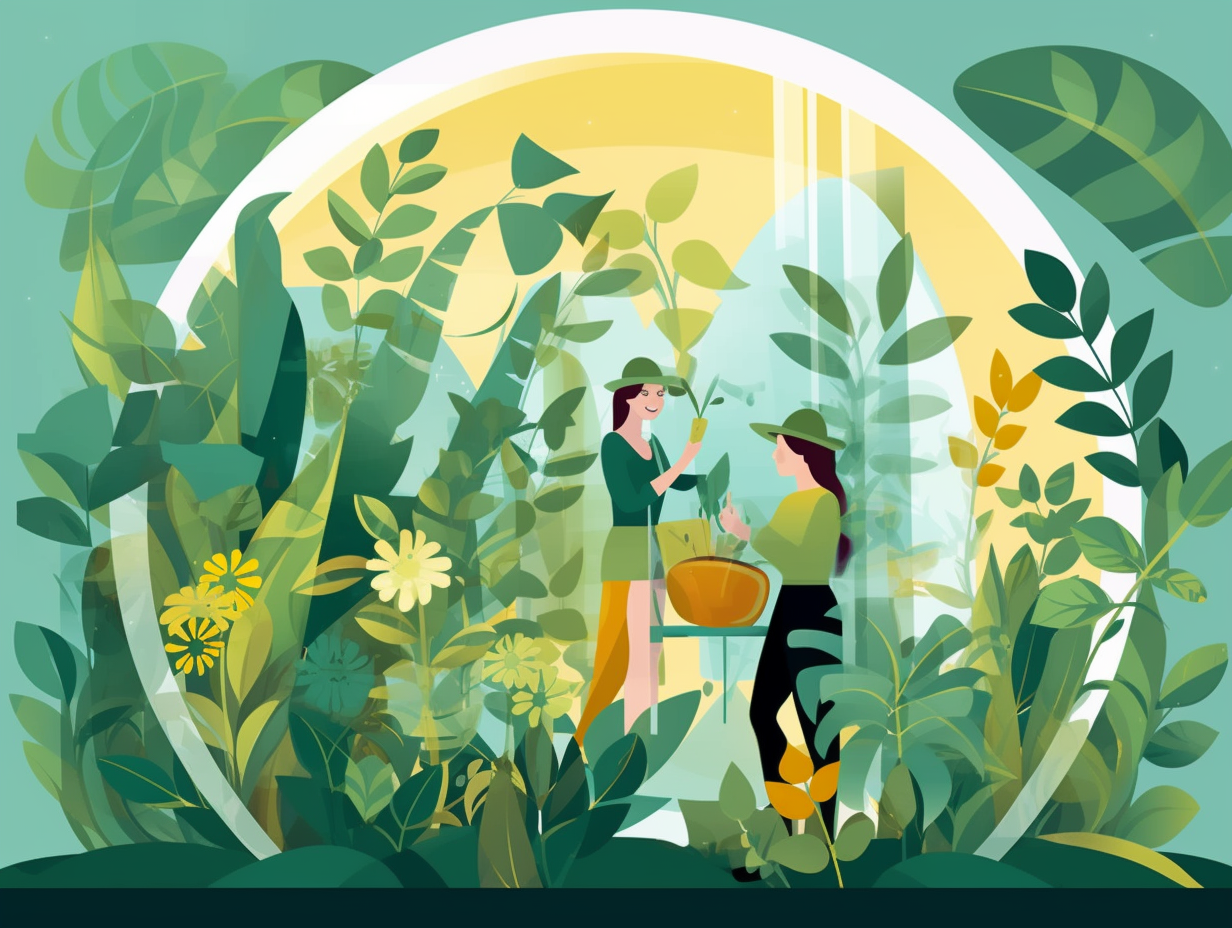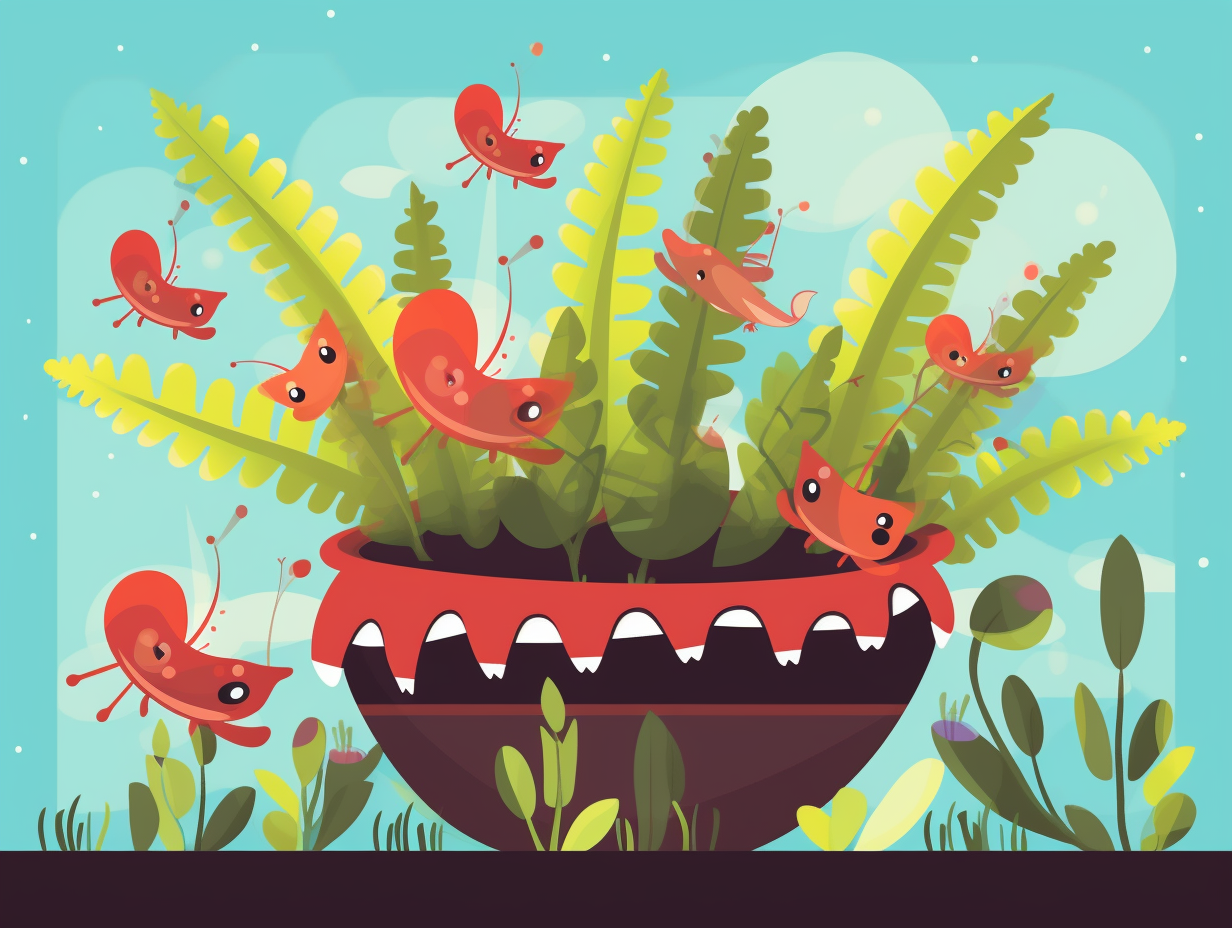Discover the Blooming Wonders: Top 12 Fun Facts About Spring Flowers You Never Knew!
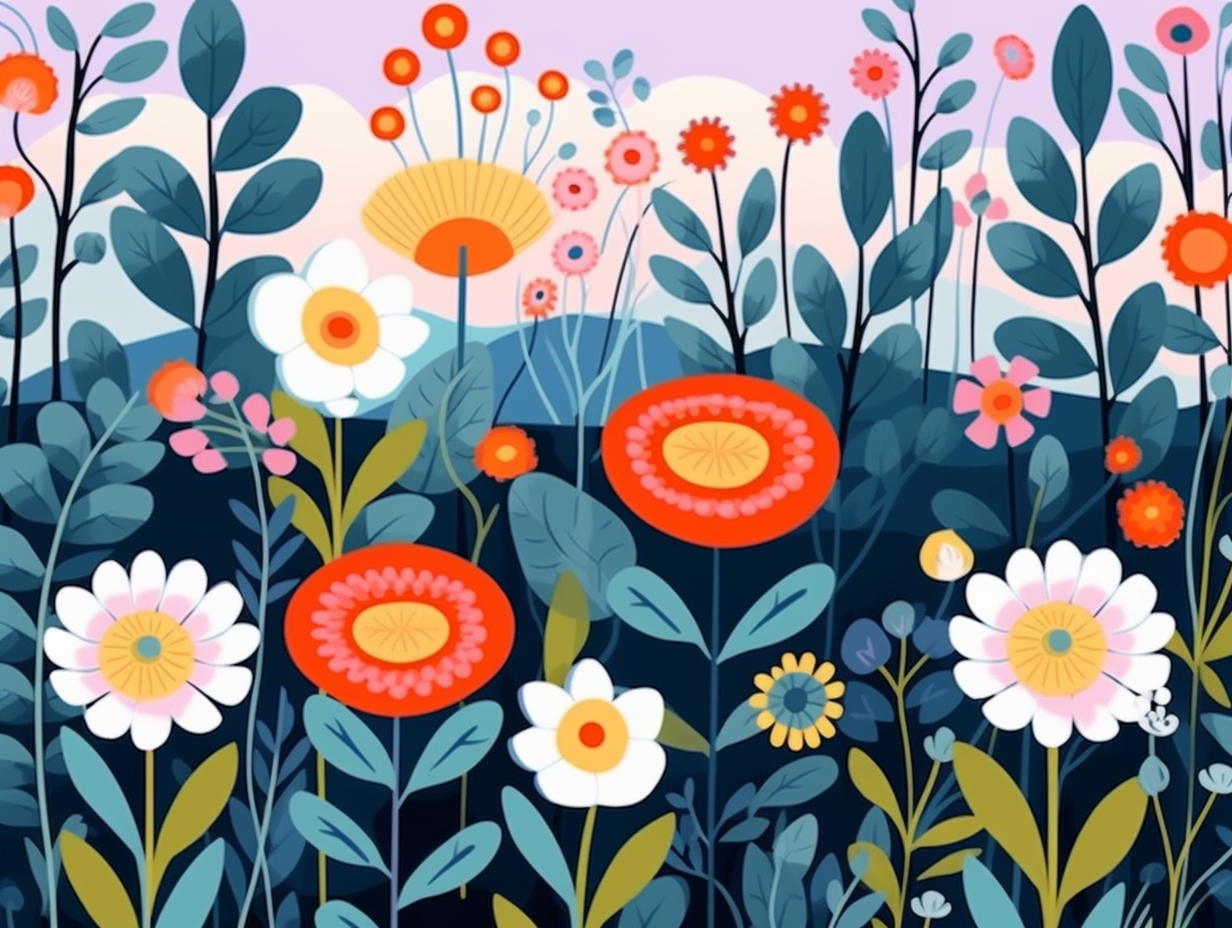
1. Ghostly Skeleton Flower
Have you ever heard of a flower that turns into a ghost when it's frightened or, more scientifically, wet? Well, you're about to: The Diphelleia grayi, aka the "Skeleton Flower," transforms its opaque petals into a translucent, otherworldly shape whenever they get damp, growing in select haunts like colder parts of China, Japan, and the Appalachian Mountains in the U.S., disguising itself with umbrella-like leaves and a deceptively cheery green and yellow center.
Source => thisiscolossal.com
2. Azaleas: The 'Thinking Home Bush'
If Azaleas could talk, they'd be all "I azalea-live to think" and teeing up beautiful revelations on the golf course: These vibrant blooms are dubbed the "thinking home bush" in China, symbolizing thoughtfulness and reflection, and they also lavish the Augusta National Golf Club each year during the Masters Tournament with their colorful presence, conveying kindness and positivity in the Victorian language of flowers.
Source => petalrepublic.com
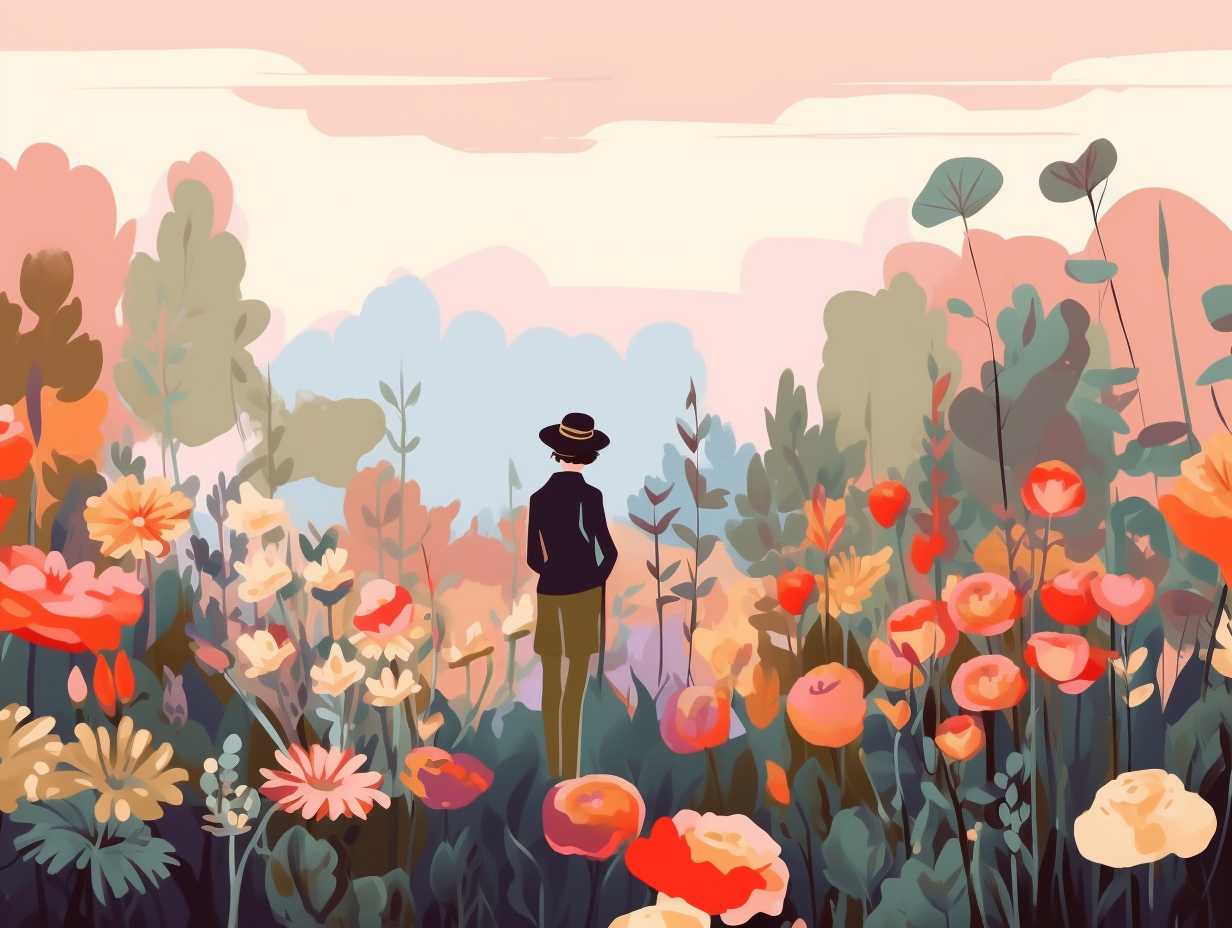
Discover the jungle's gigantic, smelly superstar: the titan arum, or corpse flower, boasting a staggering 6 to 8 feet in height, a bloom diameter close to 3 feet, and gigantic leaves! 🌺💀🌿
=> Fun Facts about Flowers
3. Tulip Mania in the Netherlands
Once upon a tulip frenzy, folks in the Netherlands treated the flowery bulbs like precious gems, trading them for more dough than a baker's guild could handle: In the 17th century, the price of a single tulip bulb skyrocketed to several thousand guilders, higher than most people's yearly income, yet somehow the Dutch Republic's economy remained groovy and prosperous without any financial meltdown.
Source => en.wikipedia.org
4. Tread Lightly on Bluebells
Beware the wrath of the bluebells, ye who venture to trample our forests: crushing these tiny sapphire soldiers takes an awfully heavy toll on their ability to bounce back. In fact, bluebells take years to recover from footfall damage, so it's crucial to stay on marked paths while soaking up their beauty. Flowering from mid-April to late May, these British springtime miniature masterpieces find their home in the UK, accounting for a whopping 50% of the world's bluebell population. Tread lightly, friends, and preserve their blooming brilliance for generations to come!
Source => peapix.com
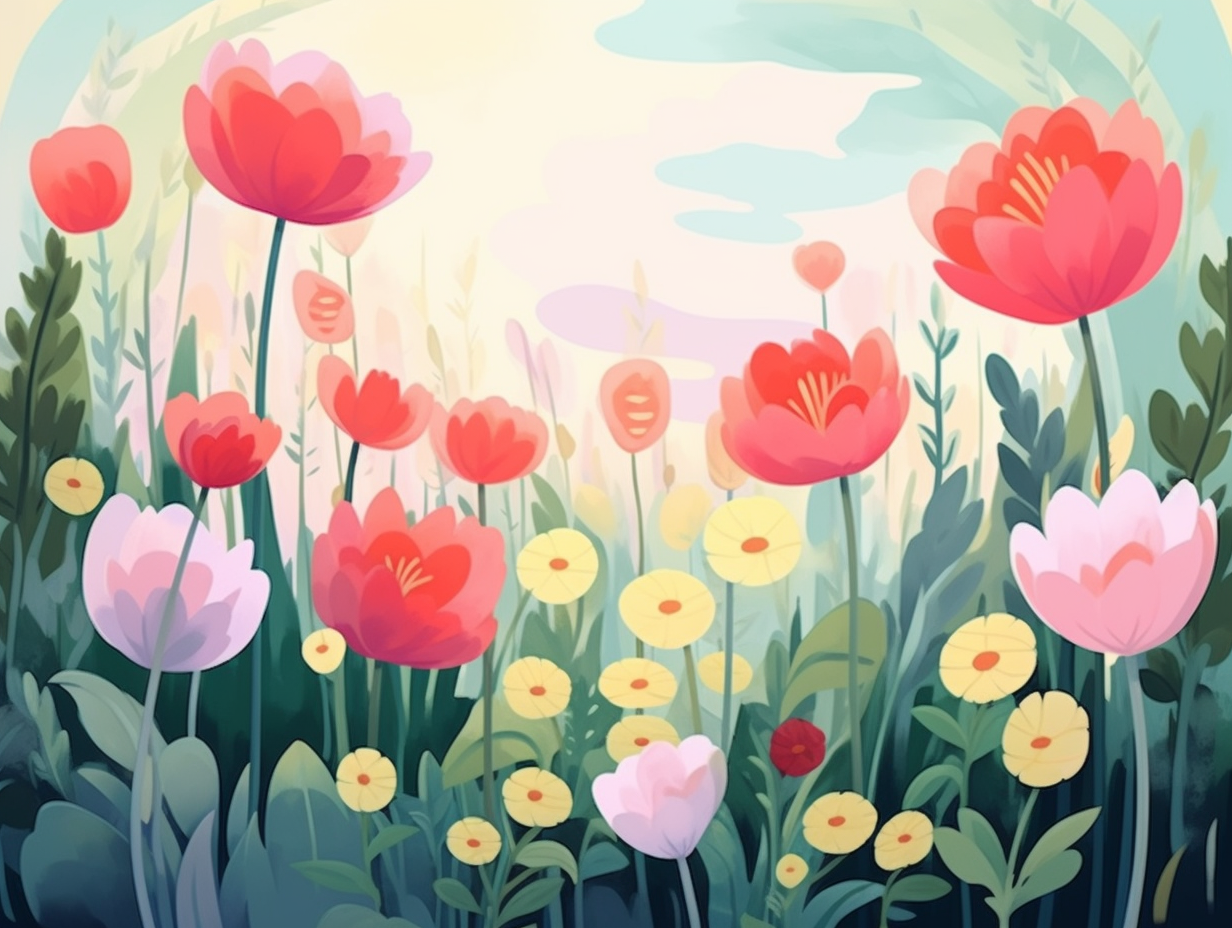
5. Daisies: Medicinal and Nutritious
Who knew daisies were the garden's aspirin, playing both doctor and chef to humans throughout history? Achoo, the daisy makes you feel brand new: These humble flowers pack a powerful punch with medicinal properties, such as reducing inflammation and combatting coughs and colds, while also dishing out a healthy dose of vitamin C to brighten up your plate and your day.
Source => bhg.com
6. Tree Peonies: China's National Flower
In a petal-to-the-metal showdown for artistic muse supremacy, tree peonies easily triumph not only as picture-perfect models but also as royally-approved eye candy, in the cultural melting pot called China: Tree peonies have been a beloved subject for Chinese painters since the Song dynasty, adorning ceramics and stone carvings, and maintaining their status as the "national flower" that unifies a diverse and historically rich society.
Source => treepeony.com
7. Apollo's Hyacinth Tragedy
If Apollo had a Spotify playlist, "Discus in Tragedy" might have been his jam: The sun god's love for young Spartan Hyacinthus entwined with his demise, ultimately leading Apollo to transform his fallen lover into the stunning Hyacinth flower, which now blooms each spring with vibrant colors and a sweet aroma as a symbol of Apollo's everlasting love.
Source => study.com
8. Violets: Symbols of Faithfulness
You might've heard how Victorians were all about that secret language of flowers, sending violets to express their undying love like big purple emojis: But in reality, violets symbolized faithfulness, wisdom, and hope and were given to show commitment to eternal love, rather than clandestine flirtations. Hailing from the Latin word "viola," which means "violet" or "purple", these fancy flowers can even sport colors like blue, yellow, and white, each conveying a slightly different sentiment. So when you spot a lovely violet, think of it more like a blooming promise of loyalty and sagacity, rather than a winking, secretive admirer.
Source => blog.bridgemanimages.com
9. Pansies: Culinary Superstars
A pansy in the kitchen is worth two in the garden? That's right, these little floral superstars are not just for show; they're upping their game as culinary connoisseurs: Pansies are not only eye-catching, but also perfectly edible, with both their leaves and flowers doubling as a delightful garnish, syrup additive, or salad ingredient, making them exquisitely versatile in both the garden and the dining table.
Source => thegardeningcook.com

10. Historic Highland Park Lilacs
When life gives you lemons, make lemonade – but when it gives you ancient lilac bushes, you get a blossoming party like no other: The Highland Park Lilac Collection in America houses some of the world's oldest lilac bushes, with the first ones planted in 1892 by Calvin C. Laney and John Dunbar. Now, the oldest shrub in the park is a President Grevy variety, first taking root in 1897. Lilac Sunday has been drawing crowds since 1909 to appreciate these fragrant, historic beauties (note: picking them might result in a not-so-sweet $25 fine!).
Source => highlandparkconservancy.org
11. Lily: Flirting with History
From ancient aphrodisiac to Victorian treasure hunt, the lily sure knows how to flirt with history: This versatile spring flower boasts a rich past, dating back to ancient times, symbolizing purity, fertility, and abundance, capturing the hearts of Victorian-era explorers, is used as a symbol for the resurrection of Christ and Virgin Mary's purity, and even featured in some morbid rituals where it adorned the graves of innocent children, saints, and martyrs.
Source => blossomflower.com
12. Evening Primrose: Skincare Guru
Evening Primrose Oil: your garden's resident skincare guru, Japanese beauty product connoisseur, and omega-6 aficionado! This splendid bloom is brimming with gamma-linoleic acid, a vital nutrient that moonlights as the ultimate skin superhero – maintaining healthy cell membranes, hormone balance, and hydrating skin like a champ by reducing inflammation. No wonder it's a popular guest star in Japanese beauty potions!
Source => shikobeauty.com
Related Fun Facts



